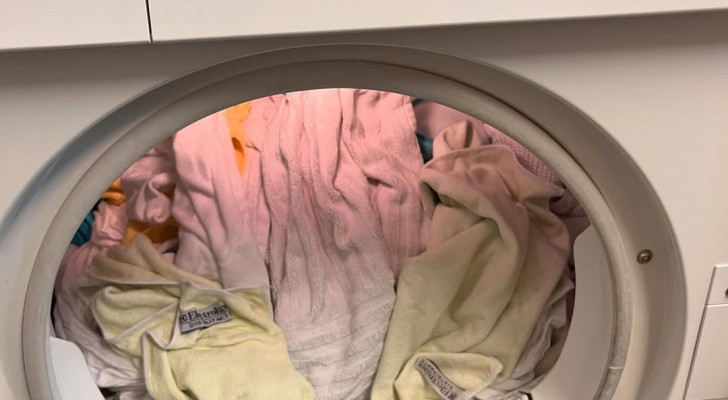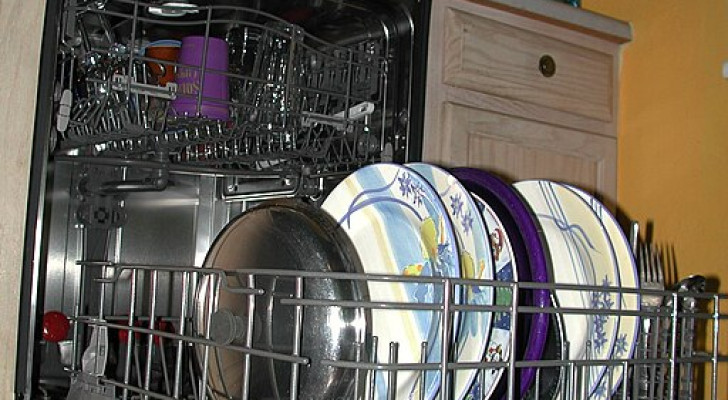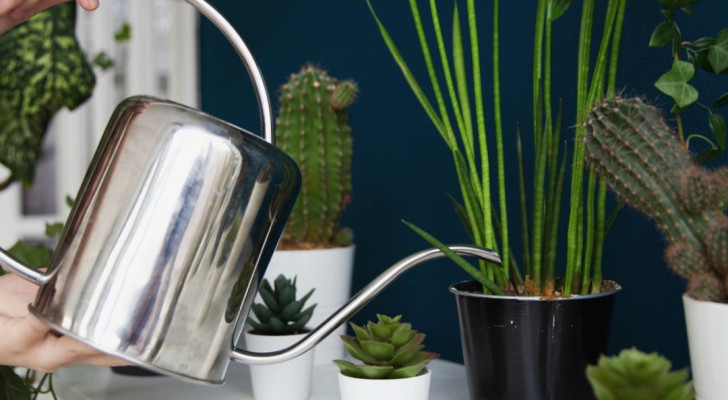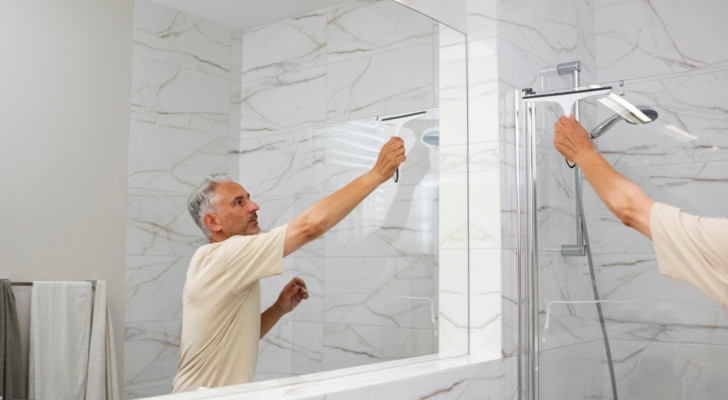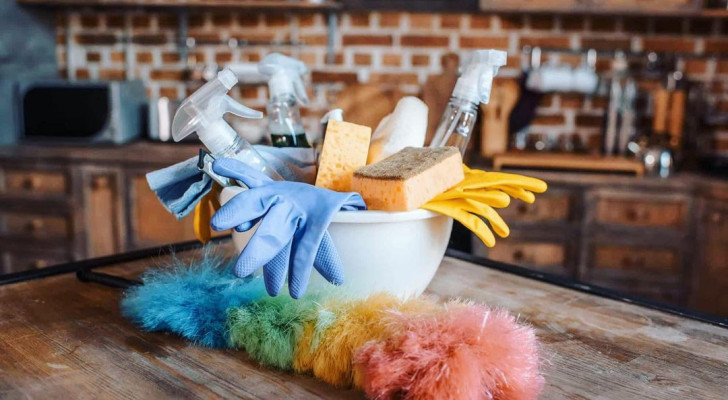Is the wall behind the oven dirty? Here's how to effectively deal with this problem

If there is one thing that creates mess and dirt in the kitchen, it's the stove. And the wall behind the stove - also known as the backsplash - is frequently covered in dirt, grime and oil/grease splashes caused by cooking, boiling and frying food on the stove. And if left, this sticky residue can start to smell and become very difficult to remove.
So, what's the best way to clean the backsplash? Well, there's a number of tips we can follow - read on to find out more:
How to prevent splashing
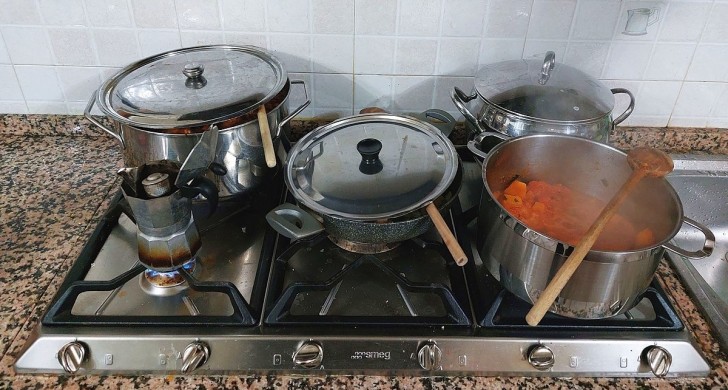
PROPOLI87/Wikimedia Commons - CC BY-SA 4.0 DEED
One way to prevent the backsplash from getting dirty is to try to prevent splashing in the first place. So, what can we do in this regard?
Well, one obvious way is to put lids on pots and pans that we are using. And if not all dishes can be prepared in a pot or pan with the lid on, there is a way to solve this problem too.
In most shops you can buy splash guards that come in all sizes and that can cover almost any type of pot or pan, but without completely sealing off the pot or pan completely (the guard is made with fine, wire mesh). Whilst not 100% effective, these guards will significantly reduce the mess caused by splashing.
Methods for cleaning the wall behind the stove
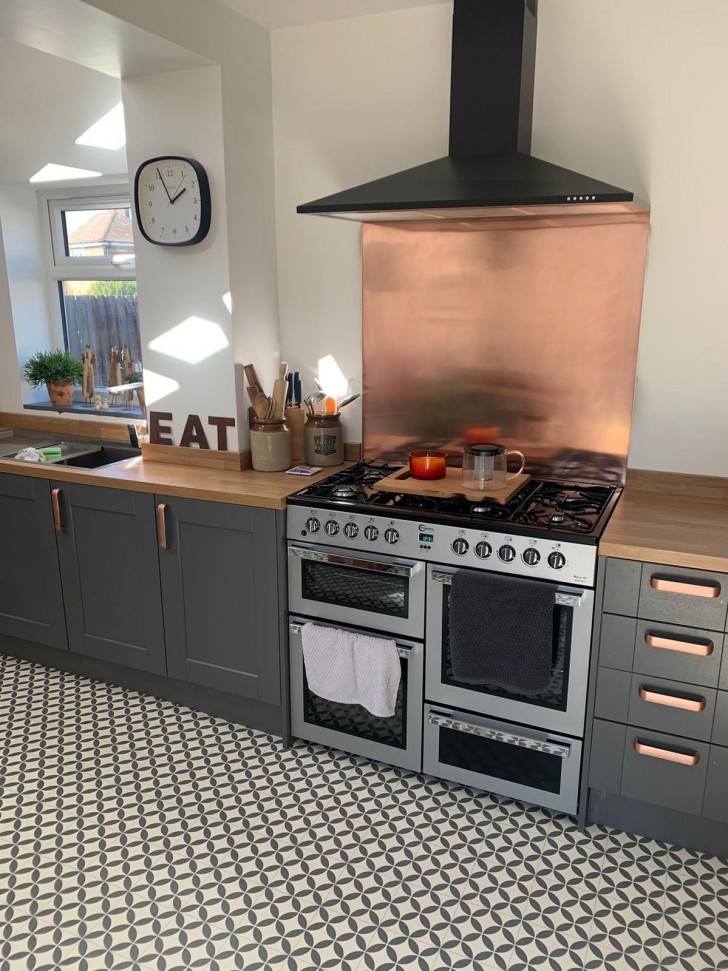
Prevention is better than cure, but we know that it is impossible to completely avoid grime getting on the backsplash wall. So we need to find a way to clean this quickly, without too much effort and thoroughly. There are many products you can buy to do this, but there are just as many DIY methods you can use which are much cheaper:
- Water and dish detergent. Very useful detergent for dissolving grease, dish detergent is also excellent for cleaning the wall behind the stove. Mix some detergent with water in a spray bottle and spray onto the grime. Then let this act for a few minutes. Thereafter, wipe down with a clean, soft cloth. Useable on all materials - ceramic, marble, glass, plastic, steel - it is not an aggressive product and will not damage the wall. In the case of a stainless steel backsplash, it is best to polish dry the surface perfectly so as not to leave annoying streaks.
- Sodium bicarbonate. Useful both in powder form to eliminate more stubborn encrustations and mixed with water to remove surface dirt and stubborn grime. Be careful with glass surfaces, however, as sodium bicarbonate can scratch them. If in doubt, it is best to do a test first.
- Water and vinegar. Ideal for most surfaces, this mixture should not be used on stone or brick walls/backsplashes because it is too aggressive. However, it can be used on most other surfaces. It will leave a pleasant clean scent and give excellent results.
- Toothbrush and microfibre cloths. To prevent the scratching, it is always better to use a sponge or microfibre cloth to clean the backsplash. To get into hard-to-reach spots, use an old (soft-bristled) toothbrush.
Timeliness helps a lot
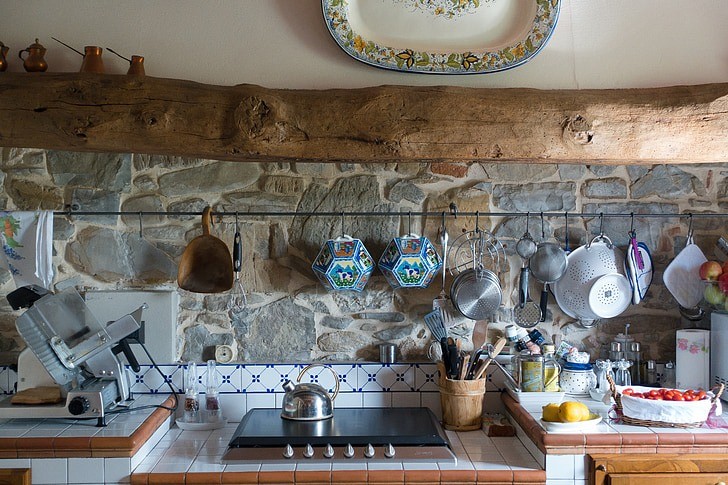
Pickpik
All these tips should help you keep your backsplash wall in pristine condition (and these techniques can be used elsewhere too - in the bathroom, for example).
The important thing is to ensure you remove any splashes as soon as possible. Acting promptly to clean up splashes will mean less time and effort is spent further down the line removing "old" grime.
